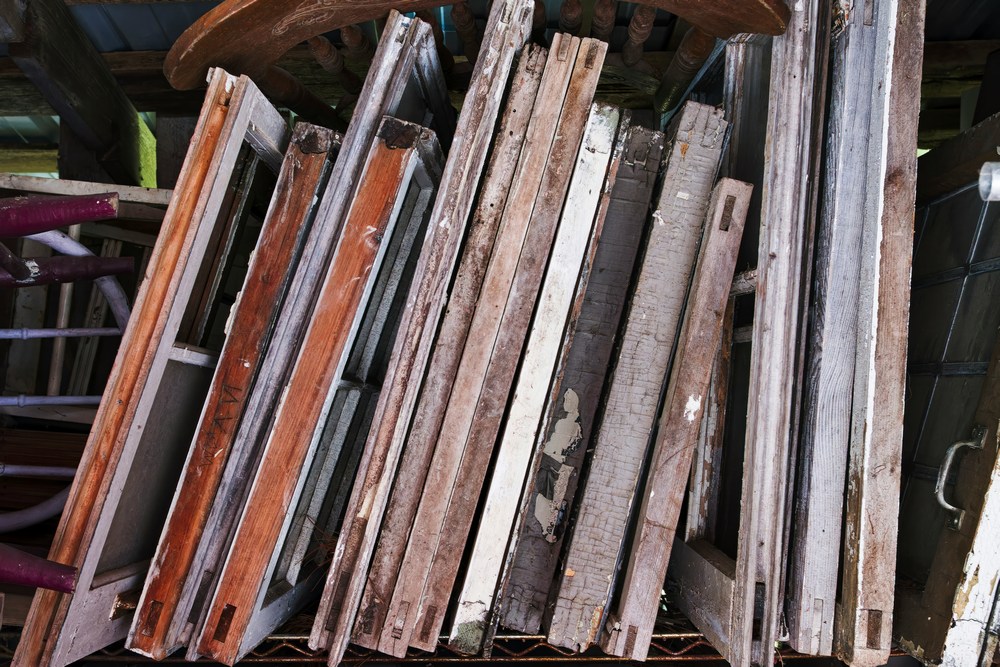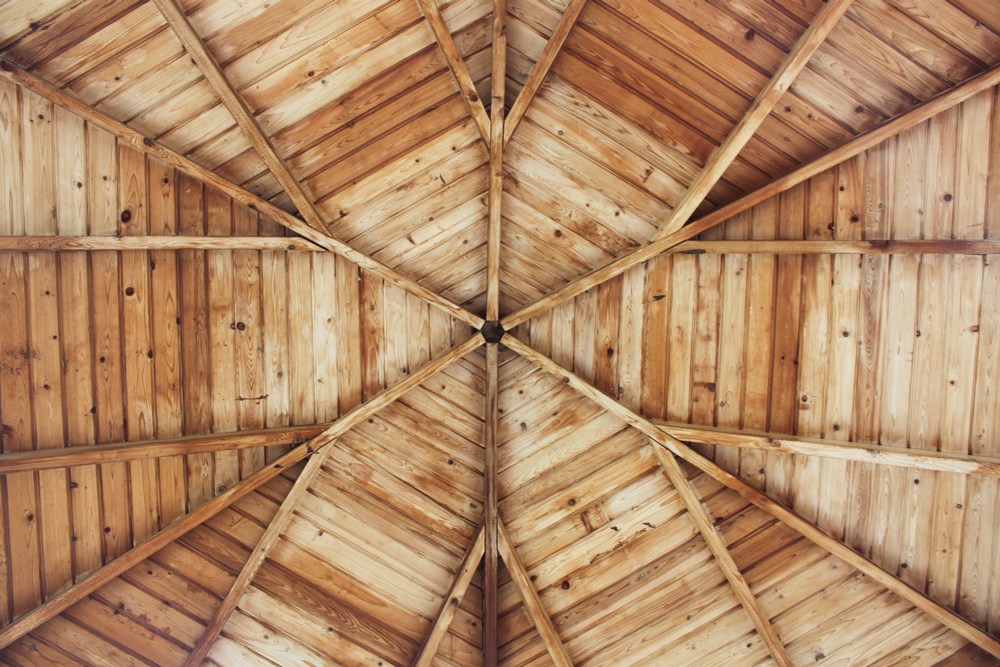Get the week's most popular posts delivered to your inbox.
Our weekly update is free yet priceless and you're less than a minute away from getting the current edition.
In the unlikely event we disappoint, you can unsubscribe with a single click!
Last Updated on October 23, 2025 by teamobn

Imagine a weathered barn door transformed into a beautiful dining table or a cringe-worthy shipping pallet reimagined as rustic wall art. These aren’t just objects; they are stories waiting to be told. This is sustainable woodcraft, where forgotten timber finds new life and purpose.
To dive deeper into the practical side of sourcing and preparing salvaged wood, check out our detailed guide on how to work with salvaged wood.
Contents
Turning Reclaimed Wood into Beautiful Treasures
There is something gratifying about saving a piece of wood from the bin and turning it into treasure, especially in an age where everything is becoming part of a digital throwaway culture. Reclaimed wood crafting covers beyond aesthetics. It brings people closer to a place, honors the past, and helps create a more sustainable future.
Are you also planning on rolling your sleeves up and entering this fulfilling world of reclaimed wood crafting? Let’s explore how you can turn old lumber into treasured antiques.
Reclaimed Wood—Its Appeal
Reclaimed wood is good for the environment and a mother lode of character and history. Each piece tells a unique story in the grain, knots, and weathered patina. That beam from a 100-year-old farmhouse or that worn-out plank decked on a ship that traveled all seven seas.
When working with reclaimed wood, you are preserving history—not just building something. Modern technology has opened up countless opportunities to work with reclaimed wood.
For instance, a laser cutter can cut intricate designs right onto the surface of the wood, giving it a modern touch and enhancing its time-worn character. This blend of old and new makes them exceptional pieces.
Seeking and Preparing Reclaimed Wood
So, where do you find these timber treasures? Look for demolition sites, old barns, and even your local salvage yard. Some lucky crafters score fabulous finds from old fences or discarded pallets. Just remember to always ask permission before taking wood from any site.
After sourcing some reclaimed wood, the real work begins. Start by giving it a good clean—a wire brush and some elbow grease can perform magic. Look for metal inside, especially nails and staples, and carefully remove them. Check for decay or signs of insect damage.
If your project requires it, sand the wood to bring out its beauty. However, care should be applied not to sand away all its characters. After all, those dents and marks are what make reclaimed wood special. You are not aiming for perfection but for personality.

Creative Project Ideas
When working with reclaimed wood, you will find many diverse possibilities, from creating a rustic headboard that is the entire focal point of the bedroom to adding floating shelves to showcase some of your favorite knickknacks.
The reclaimed wood dining table can be the core and center of your home, where dinners and parties bring together friends and family. Just think of the conversations around it while guests express admiration about its unique character and your skillset.
Small projects are rewarding, too. Consider the picture frames you’re making—they add meaning to your photos and give you more reason to treasure them. Or those series of wall art pieces that add warmth and texture to any room. Even something as basic as a reclaimed wood key holder next to your front door can add charm to your house.
Tools and Techniques
Working with reclaimed wood can be very rewarding but requires special consideration. You should have essential tools such as a saw and drill, a hammer and screwdriver, sandpaper, and a laser cutter. You might even want to get a moisture meter to know that your wood is fully and suitably dry, as it will warp further down the line if it’s not.
Since the fibers in reclaimed wood are now strengthened, this can be abusive to saw blades. You never know when you’re going to hit a hidden nail. Use a dust mask and wear safety glasses for protection.
The irregular shapes can present quite a challenge when joining the pieces together. Dowels or biscuits can effectively join pieces to create solid and stable joints. However, don’t worry about showing a joint or patch. It can add character to the wood.
Working with reclaimed wood requires as much problem-solving and creativity as woodworking. Since you won’t find two identical pieces, be prepared to change your plans as you work.
Finishing Touches
Less can be more when finishing your reclaimed wood project. A simple oil finish will bring out the wood’s beauty while leaving behind the patina built up from years of use. Use water-based polyurethane to seal the wood without adding any yellow tint for a bit more shine.
For outdoor projects, pick out a finish that can withstand the elements. Look for products designed for use in the outdoors. Be sure to treat cut ends to prevent moisture absorption.
The aim should be to accentuate the character of the wood—not to hide it. To find the right look for your work, try different finishes on scrap pieces of wood. Don’t hurry; going slow while finishing can significantly affect your results.

The Emotional Connection
There is just something that speaks to the soul when you take a piece of wood that would have otherwise been left crumbling and make it worthwhile. You can derive happiness from the process of creating something.
Often, crafters can feel the magical history embedded in reclaimed wood. They imagine stories behind the scratches and dents, and somewhere in their minds, they feel responsible for treating the wood well and respecting its history. That emotional investment makes a finished piece all the more special.
Creation with reclaimed wood also brings a sense of satisfaction that is hard to match. Knowing that you have created something beautiful, kept a piece of history from the landfill, and can relish in pride is genuinely priceless. It’s tangible in connecting with our environment and positively impacting it.
Conclusion
Working with reclaimed wood is a process of creativity, sustainability, and storytelling. It is more than a craft. Each piece is unique, with imperfections that enhance its charm. Start small, embrace mistakes, and watch beautiful, sustainable creations emerge. That old piece of wood gathering dust might become the next family heirloom. Take up your tools and craft your own story.
Get the week's most popular posts delivered to your inbox.
Our weekly update is free yet priceless and you're less than a minute away from getting the current edition.
In the unlikely event we disappoint, you can unsubscribe with a single click!






